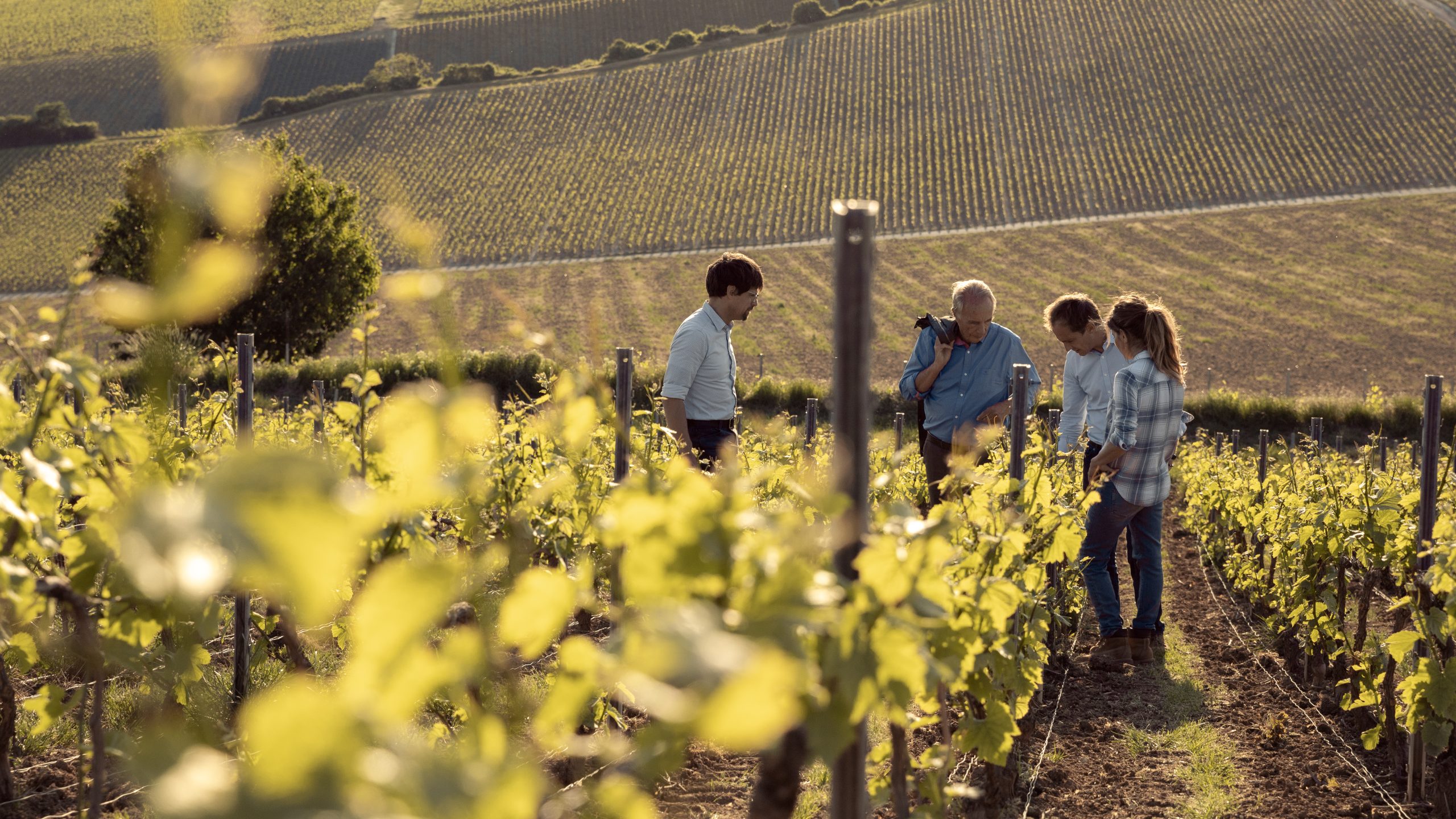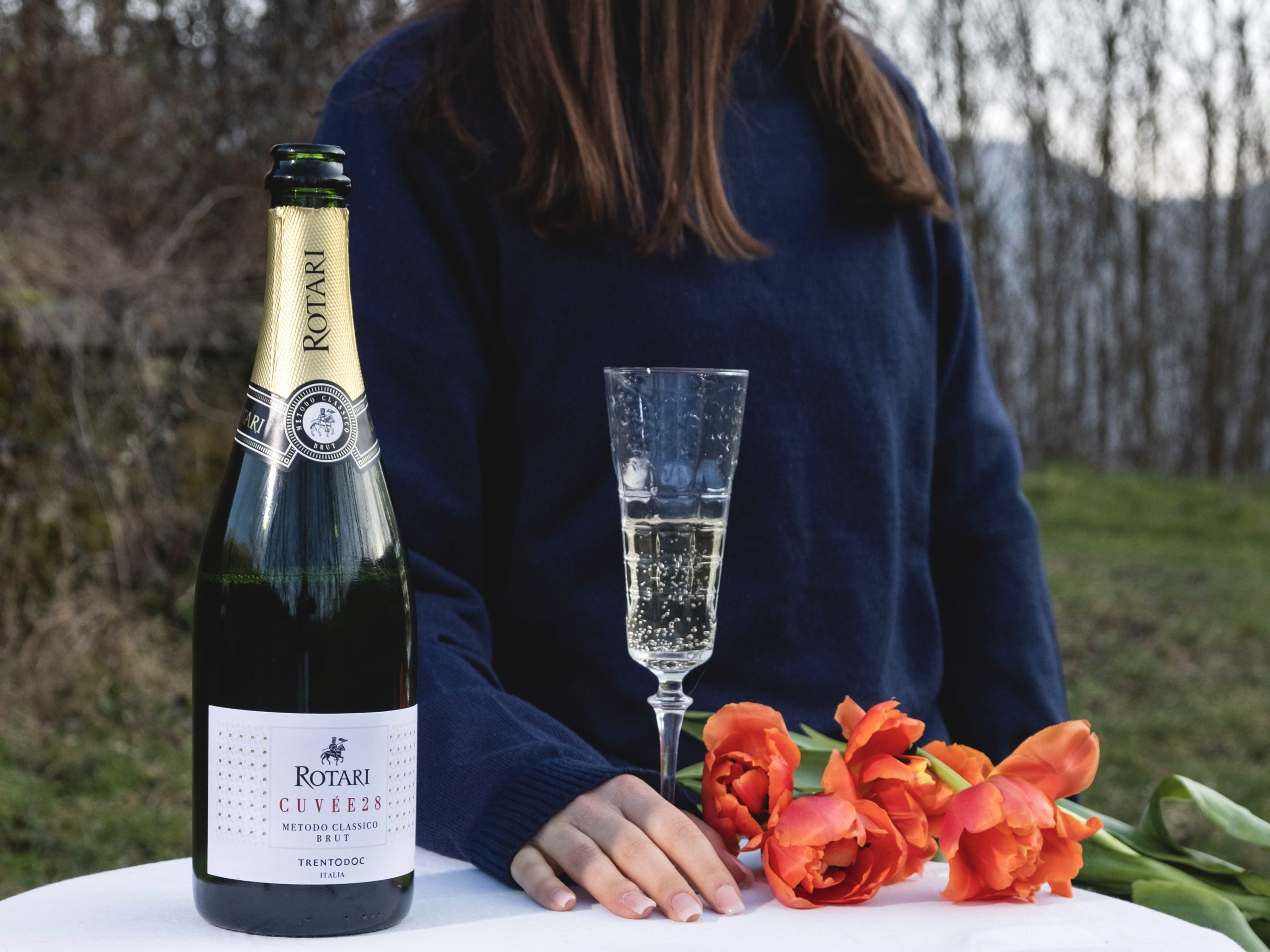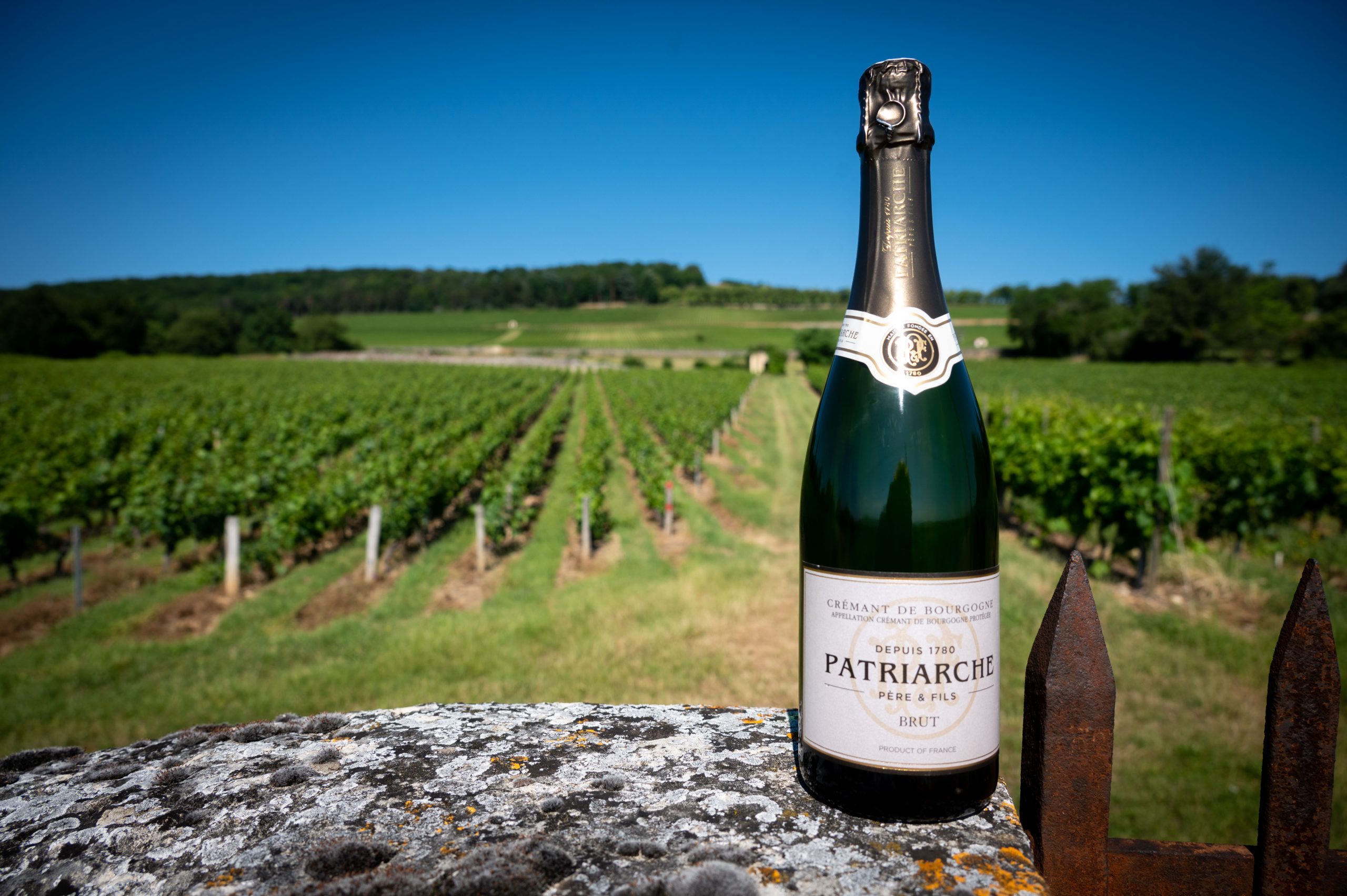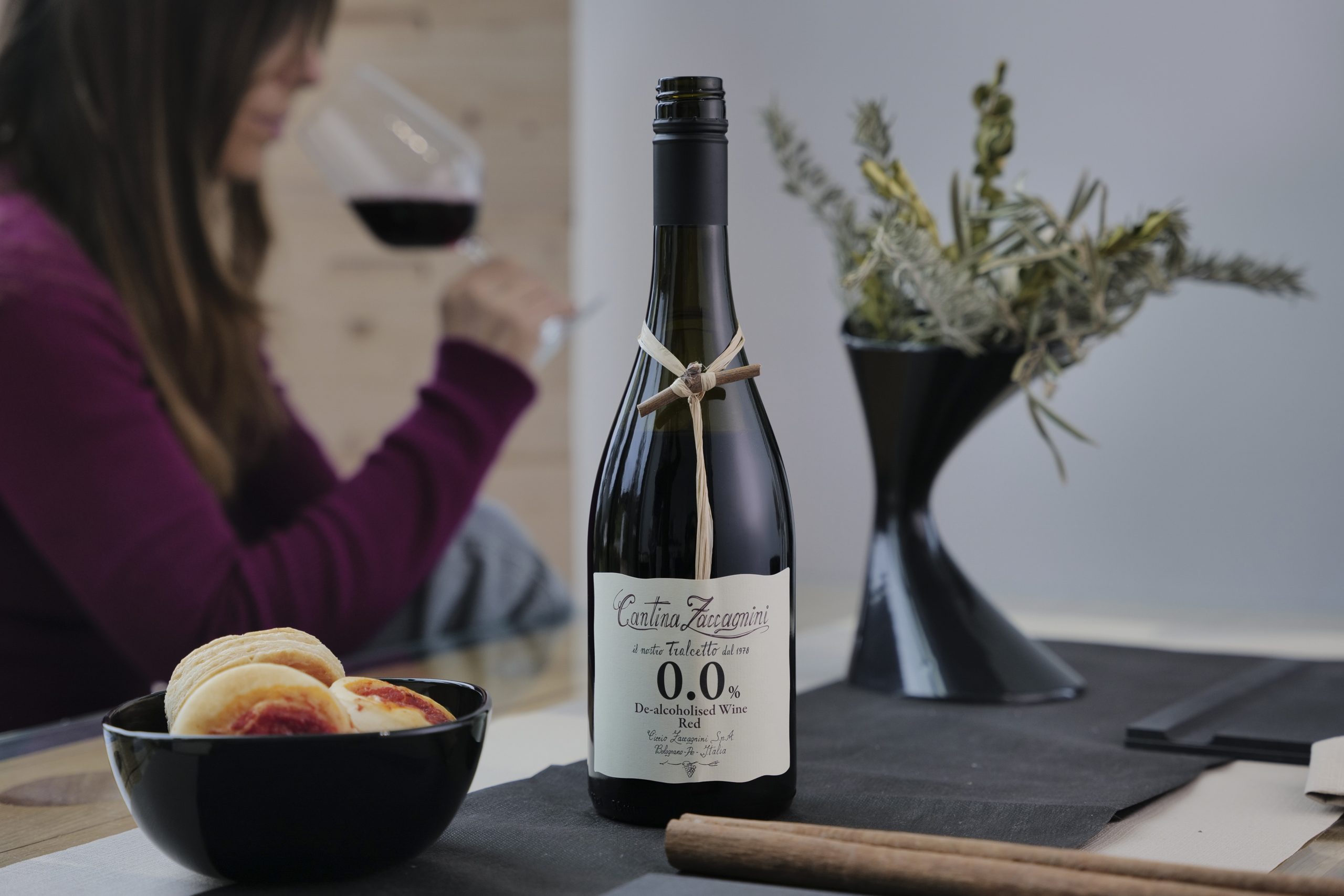From bold brews to bright: America’s beer tastes are shifting
America’s beer diet has gotten a lot more square writes Kathleen Willcox.
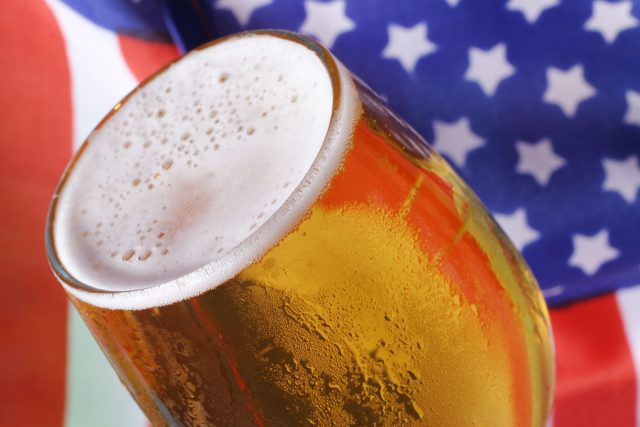
Before the pandemic, beer culture was ruled by small-batch 450-calorie pastry stouts and funky, 9% IPAs. In 2019, craft brewers grew their production by 4% year-over-year, and increased their retail dollar value by 6%.
Times have changed. Now, craft is cratering, and light lagers, n/a options and premium imports rule.
Have hop-heads gotten old and boring (and fixated on their beer bellies), or have tastes just changed? An investigation with insight into implications for the year ahead, below.
Sales declines and craft beer closures
First, let’s look at the numbers.
In 2024, 399 craft breweries closed (although 335 did open), according to the Brewers Association, making it the worst year for closures on record. Last year, there were 385 closures and 420 openings, the second-worst year on record aside from the pandemic blip.
Beer sales volumes overall fell -3.5%, according to the most recent US data available from IWSR. Interestingly some states, like Florida, Texas and Pennsylvania, saw declines of just -2%.
There are also bright spots: super-premium beer sales have grown 4% year-over-year, with the top five beer markets (California, Texas, Florida, New York and Illinois) leading the way, the IWSR reports. But the real star is no-alcohol, which soared in volume by 30% this year.
Premium imports, n/a, German-style drive growth
Amid general shrinkage, inevitably, there are areas of impressive expansion.
“Lagers are seeing a renaissance,” says David Deline, president of Denver’s Prost Brewing Co, which was founded in 2012, and produces a line of primarily (85%) lagers, with some speciality and seasonal ales in the mix as well. “I think it’s because the beer market is maturing in the US, and there is a real desire for approachable, drinkable flavours.”
Lagers, Deline points out, can range from crisp to rich, but he finds that the lines that resonate most with beer drinkers across the board these days are lower-alcohol (4% vs 8%) food-friendly pilsners.
This year, Prost has increased sales by 12.2% year-over-year, with Vienna Lager leading the pack at 39.4% growth. On-premise sales at Prost’s four Colorado-based biergartens grew by 20.9%, and the brewery expanded its distribution to seven states, with two additional states, and two additional biergartens set to open in 2025.
Michael Varda, who tracks craft beer style and experience trends for his company Craft Beer Advisory Services, says their internal numbers tracking national taproom experiences show growth in traditional styles and n/a beer across the board. More flavour-focused options, meanwhile, are dwindling precipitously.
“From January 2023 to present consumers drinking sours during taproom visits decreased by 46%,” Varda says. “Non-alcoholic beer consumption increased by 200% during the same period—and women are opting for non-alcoholic options on premise twice the amount men do.”
Peter Skrbek, CEO of Bend, OR’s Deschutes Brewery agrees that the path to market is more challenging than ever given that distribution points are shrinking. The only way to truly stay competitive, Skrbek says, is to address “fan needs beyond just beer”.
Deschutes dropped its first beers into the n/a space this past spring at scale, and he notes that the reception exceeded expectations.
“Three of our four new products won gold medals at some of the world’s most prestigious beer competitions in the world, including World Beer Cup, GABF and the U.S. Beer Open,” he says. “We set out an ambitious goal of shipping 137,800 cases in 2024, and are beating that goal by more than 35%.”
German-style beers are surging too, he notes: Hefeweizen consumption doubled, and Kolsch sales more than tripled from January 2023-present. As Deline noted, part of the reason is simple palate fatigue, but there are other things going on too.
Ted Fleming, founder of the nonalcoholic Partake Brewing says that his health crisis reflects many of the reasons others are also turning away from more potent brews to n/a and lager-style beers.
“I was diagnosed with Crohn’s disease in 2005, and gave up alcohol a few years after that,” Fleming says. “But I still wanted to partake in and enjoy the craft beer movement.”
Partner Content
He created the first n/a beer store in North America in 2013, and then founded Partake in 2017. Sales have gone from US$150,000 in the first year to revenues in the eight-figure range today, he says.
“We see similar styles trends as our alcoholic cousins,” Fleming says. “So easier drinking styles have been of interest lately and innovation around IPA style always seems to be a hit.”
Bucking trends through innovation, specific markets
It’s true. While IPAs aren’t selling like they used to, they still dominate the craft beer market
Producers like Boulevard Brewing Co. in Kansas City say that innovative IPAs like their Space Camper are still leading off-premise growth, but brand manager Adam Hall says they have been alert enough to growth areas elsewhere to expand their focus in recent years.
“We are seeing growth in brands with segments that you might read headlines in as ‘on the decline,” he says, mentioning Quirk Hard Seltzer, which was launched in 2020, and cracked the top 10 nationally in seltzer brands for the first time last year. “Similarly, our Space Camper IPA has seen double-digit growth every year since it launched in 2019.”
But next year, Hall says Boulevard is bowing to the newer, lighter palate with Boulevard Light Lager, clocking in at 89 calories per 12-ounce can.
While many in the beer industry are struggling to react to changing consumer preferences and rising costs, others are doubling down on craft’s original, simpler mission of creating a community of like-minded beer enthusiasts who could come together over a shared passion.
Shawnee Adelson, executive director of the Colorado Brewers Guild, notes that brewers who are expanding offerings to include n/a beers and hop waters, or are focusing on the brewery space as a “third place concept” by offering food, other alcoholic beverage options and activities, are finding ways to grow their sales.
“As breweries lean into the concept of creating a space for communities and families to gather, they are expanding their base of individuals who define their local brewery as their third place,” Adelson notes.
Looking forward
What’s in store for 2025?
In one of Craft Beer Advisory Services’ recent focus groups revealed that Generation Z’s interest in personal health and well-being is driving low and no-alcohol expansion.
“Plus, lagers and traditional styles are often priced a dollar or two cheaper than competing styles,” Varda notes. “In a world of inflation and particularly among younger consumers who may have less financial stability, those dollars make a real difference.”
Amid rising inflation, craft beer just doesn’t seem like a priority. Especially as brewers themselves grapple with ever-increasing prices for goods like packaging and transportation, and are forced to pass the increases on to customers. Beer prices on-premise are up about 6% year-over-year, according to the most recent data from the Bureau of Labor Statistics, and are up 102% since 2000. (Prices for beer at home are up 1.1% by comparison).
The inflation seen in craft beer prices outpaces the overall rate of 4.9%. Some brewers even wonder if craft beer is settling into a new, more permanent rut.
“Sales are down partly due to a lack of extra spending money, and partly due to the thought that craft beer has simply run its course,” says Doug Hasker, master brewer at Puesto Cerveceria in San Diego. “The younger generation is steering away from alcohol as their escape, choosing to indulge in the newly legal THC derivatives, or simply just drinking less.”
Hasker predicts that amid the retrenchment, he and fellow brewers will go back to their roots, and focus on core beers and lighter, less hoppy options.
“That’s where the surge of lagers comes in,” he says. “Again, it’s cyclical. The West Coast IPA and other hoppy beers had a great 25-year-run, and while IPAs are still very much sought after, many Millennials want lighter lagers and easier drinking options.”
Beer, especially craft beer in the U.S., has always been about innovation. It’s just that how that innovation is showing up in the glass has changed drastically.
For decades that meant adjunct stouts, high-octane IPAs, lip-puckering sours, and a turn from localised markets to nationwide distribution. Now, it’s about light, bright and low, dry-hopped with community and connection.
Related news

